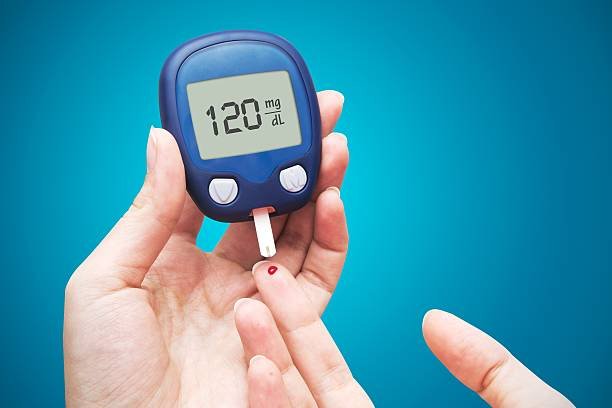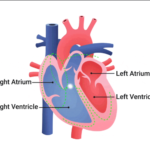Low blood levels of the male hormone, testosterone, may be more common in diabetic men. According to Dr. Ambrish Mithal, Chairman of Endocrinology and Diabetes, Max Healthcare, this not only results in decreased sperm production and sexual desire but can also lead to depression, osteoporosis, a decrease in muscular mass, and a weakening of the body’s muscles.
Consulting a doctor is a family event for many Indians. The 50-year old gentleman in my consulting room was accompanied by his wife and son. I felt relieved when their barrage of questions about his diabetes was over, I thought I had answered them to everyone’s satisfaction. Besides, the patient’s parameters were satisfactory too. The patient himself, though, still looked confused and unconvinced. They left the room but before the next patient could enter he was back: “I need to talk to you in private. I have a lot of weakness.” Seeing the puzzled look on my face, he blurted out, “My sexual life has declined. It’s close to zero. Please give me some medication.”
This is not an unusual scenario. Sexual problems are common in men during midlife. Men with diabetes are three times more likely to report such problems, although it does not mean that all men with diabetes face this issue. Besides, most Indians don’t share their sexual issues, so they remain hidden under the covers. Sexual dysfunction may affect women with diabetes too, but it is less well defined and understood. In this column we will deal with male sexual problems in diabetes
Why do men with diabetes experience erectile dysfunction issues?
That’s because this requires an interaction of three systems — the blood vessels, nerves and the male hormone, testosterone. Uncontrolled blood sugar can affect all three. Damage to the arteries by diabetes, high blood pressure and cholesterol, along with increasing age and smoking, can impede blood flow to the penis. Damage to the nerves (diabetic neuropathy) may impair autonomic and somatic nerve responses that are essential for erections.
Besides, diabetes is also associated with impaired relaxation of penile smooth muscle, a process that is important for achieving and sustaining erection that leads to a condition called erectile dysfunction (ED). At times, drugs used to treat high blood pressure (like beta blockers) can also contribute to ED. It is now understood that men with diabetes may also be at increased risk of low blood levels of the male hormone, testosterone.
Testosterone is the principal male hormone in our body and is secreted by the testes. It is responsible for a man’s libido. Deficiency of testosterone leads to reduced sexual desire and sperm formation but that’s not the only role it plays. A low level of testosterone can result in reduced bone mass (osteoporosis), muscle mass and strength. Besides, it has an impact on mood and behaviour too. Low testosterone can result in depression and lethargy.
How to assess diabetes’ effect on testosterone
The diagnosis of testosterone deficiency is made by checking the blood level of the hormone (total testosterone) along with some other tests. Blood sample for the test should be drawn around 8 am as the level declines during the day. The test should be performed by an accurate method like LCMS/MS (liquid chromatography and tandem mass spectrometry). The exact cut-off level to define a low level remains controversial. Levels below 250 ng/dl are clearly deficient and those above 300 ng/dl (or 320 ng/dl) are considered normal. There is a grey zone in between where treatment depends on presence of symptoms.
Testosterone can be administered as an injection or a daily gel applied on the skin and requires monitoring under medical supervision. However, even in those who are clearly deficient, testosterone may not always result in improvement in ED, thereby, highlighting the multiple factors at play for ED in diabetes.
What are the options for those with ED who do not have a testosterone deficiency?
The most popular and successful treatment for ED is the use of a class of drugs called phosphodiesterase inhibitors (PDE5I). Sildenafil (Viagra) was the first one to be marketed and it revolutionised the treatment of ED. Taldafil is longer acting and the most popular one at present. Through the nitric oxide / cGMP pathway, these drugs produce continued penile muscle relaxation and allow erections to be maintained for longer periods. Low dose Taldafil (2.5 to 5 mg) can be used on an intermittent or daily basis.
There can be significant drug interactions and those with heart disease need to be cautious. Never take these medicines without checking with your doctor. A more invasive approach to managing ED includes direct injection of blood vessel dilating drugs into the penis. Prostglandin E-1 is approved for this purpose. A rare side effect is priapism, sustained painful erection without sexual stimulus. Prostaglandin may also be administered via an intraurethral route.




































